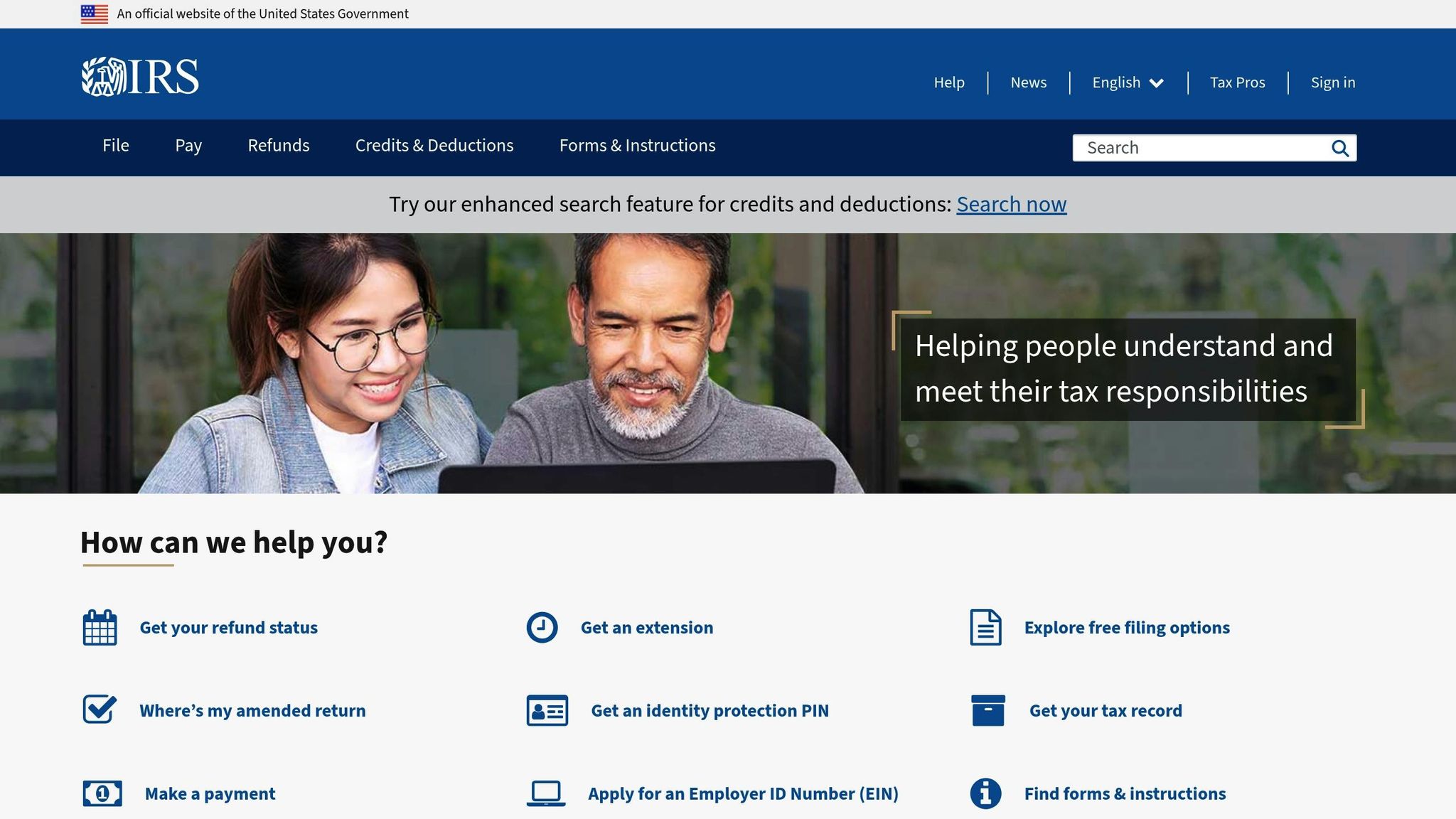The IRS has expanded preventive care benefits for High Deductible Health Plans (HDHPs), allowing members to access specific services and medications for chronic conditions like diabetes, heart disease, and depression before meeting their deductible – all while maintaining Health Savings Account (HSA) eligibility.
Key Updates:
- Newly Covered Services: Includes insulin, beta-blockers, SSRIs, blood pressure monitors, and more.
- Conditions Addressed: Diabetes, heart disease, asthma, hypertension, osteoporosis, depression, and others.
- Immediate Benefits:
- Early access to essential care.
- Reduced out-of-pocket costs before deductible.
- Continued HSA contributions.
Quick Overview:
| Condition | New Benefits |
|---|---|
| Diabetes | Insulin, glucometers, A1c tests |
| Heart Disease | ACE inhibitors, beta-blockers, statins |
| Asthma | Inhaled corticosteroids, peak flow meters |
| Hypertension | Blood pressure monitors |
| Depression | SSRIs |
These changes aim to make managing chronic conditions more affordable and accessible. Check your HDHP details and coordinate with your insurance provider to maximize these expanded benefits.
How Can I Maximize The Benefits Of A High Deductible …
Recent Updates to Preventive Care Coverage
The IRS has expanded the list of preventive care benefits available through High Deductible Health Plans (HDHPs). This means HDHP members can now access certain services and medications before meeting their deductible, while still maintaining eligibility for Health Savings Accounts (HSAs).
Newly Covered Services
Here’s a breakdown of the services now included:
| Medical Service | Conditions Covered |
|---|---|
| Angiotensin Converting Enzyme (ACE) Inhibitors | Congestive heart failure, diabetes, coronary artery disease |
| Anti-resorptive Therapy | Osteoporosis, osteopenia |
| Beta-blockers | Congestive heart failure, coronary artery disease |
| Blood Pressure Monitor | Hypertension |
| Inhaled Corticosteroids | Asthma |
| Insulin and Other Glucose Lowering Agents | Diabetes |
| Retinopathy Screening | Diabetes |
| Peak Flow Meter | Asthma |
| Glucometer | Diabetes |
| Hemoglobin A1c Testing | Diabetes |
| International Normalized Ratio (INR) Testing | Liver disease, bleeding disorders |
| Low-density Lipoprotein (LDL) Testing | Heart disease |
| Selective Serotonin Reuptake Inhibitors (SSRIs) | Depression |
| Statins | Heart disease, diabetes |
These updates mark a shift in how preventive care is provided for chronic conditions, offering earlier access to essential treatments.
IRS Compliance Rules

The updates comply with Code § 223(c)(2)(C), ensuring preventive care benefits align with HSA eligibility. Here are some key points:
- Condition-Specific Benefits: Coverage is limited to services directly tied to the chronic conditions outlined in IRS guidance.
- Medical Necessity: Only individuals diagnosed with the specified conditions qualify for these services.
- Cost Efficiency: The changes aim to improve long-term health management while helping to control overall healthcare costs.
These updates are designed to encourage proactive care and support the cost-saving structure of HDHPs.
sbb-itb-a729c26
Changes for HDHP Members
The updated preventive care benefits bring new opportunities for HDHP members to manage healthcare costs without losing their HSA eligibility. These changes make it easier to handle chronic conditions while cutting down on immediate expenses.
Expanded Benefits for Chronic Conditions
New IRS guidelines allow HDHP members to access medications and services for managing chronic health issues. For example, individuals with diabetes can now obtain insulin, glucose-lowering medications, glucometer supplies, and regular hemoglobin A1c tests as part of their preventive care.
The expanded coverage includes several chronic conditions and related benefits:
| Condition | Preventive Benefits |
|---|---|
| Diabetes | Insulin, glucometer, testing supplies |
| Heart Disease | ACE inhibitors, beta-blockers, statins |
| Asthma | Corticosteroids, peak flow meter |
| Depression | SSRIs |
| Hypertension | Blood pressure monitor, medications |
Savings Before Meeting the Deductible
Previously, members had to cover the full cost of treatments out-of-pocket until meeting their deductible. With these updates, preventive services are now available at reduced or no cost, all while maintaining HSA eligibility.
For instance, someone with diabetes who previously paid full price for insulin and testing supplies can now access these essential items earlier. Key advantages include:
- Immediate Access: Medications and devices are available without waiting to meet the deductible
- HSA Compatibility: Members can continue contributing to their Health Savings Accounts
- Preventive Care Focus: Early and consistent treatment helps avoid costly complications down the line
These updates are especially helpful for individuals managing multiple chronic conditions, as they can now access a range of preventive services at the same time, reducing both financial and health-related stress.
Using Your New Preventive Benefits
With the expanded preventive coverage, here’s how to make the most of these updates.
Review Your HDHP Coverage
Start by checking your High Deductible Health Plan (HDHP) details. Make sure your diagnosis aligns with the IRS-approved conditions listed in IRS Notice 2019-45. This document specifies which medical services now qualify as preventive care for certain chronic conditions. It’s also a good idea to get written confirmation of coverage details from your plan administrator.
Contact Your Insurance Provider
Reach out to your insurance provider for clarity on how the updates impact your plan. Ask about the newly included preventive services, any associated copays or costs, required documentation from your provider, and the list of in-network practitioners. These details can help you better manage your healthcare costs and plan your Health Savings Account (HSA) contributions.
Tips for HSA Planning
Estimate the costs of the newly covered services and adjust your HSA contributions to match. Keep all receipts for tax purposes and check the annual HSA contribution limits. If needed, consider increasing your contributions to prepare for future expenses.
Conclusion
The IRS’s updates to preventive care benefits for HDHPs make it easier for members to access healthcare services without having to meet their deductible first, all while keeping HSA benefits intact. These changes aim to help individuals better manage chronic health conditions and lower overall healthcare costs.
To make the most of these updates, take a close look at your HDHP details, verify coverage with your insurance provider, and adjust your HSA contributions to match your expected healthcare expenses. These changes offer a practical way to manage your health while maintaining financial flexibility.




0 Comments